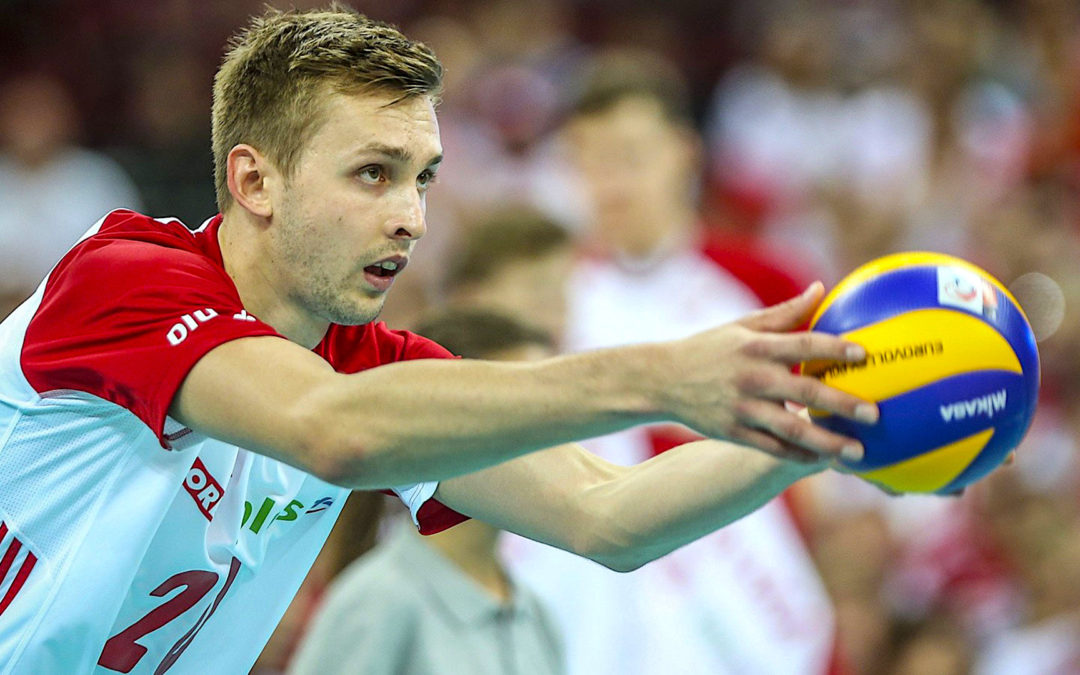In sports and events, gamification has become a potent tool for increasing the spectator experience. Gamification may make the fan experience more sophisticated, engaging, and pleasant by applying game concepts and components into fan engagement techniques. Using game-like aspects, such as competition, incentives, challenges, and milestones, to engage fans, encourage their involvement, and foster a feeling of community and enthusiasm is known as gamification in the context of sports and events.
What Is Gamification and How Does It Work?
The technique of integrating game-like aspects into non-gaming environments is known as gamification. This is often done to engage and motivate users to complete specific tasks. It entails utilizing game design principles and mechanics to produce a fun and engaging experience that motivates users to take part, learn, and finish tasks.
The fundamental idea behind gamification is to capitalize on people’s innate need for praise, incentives, and a sense of success. Gamification tries to boost the enjoyment, engagement, and motivation of tasks or activities by utilizing these intrinsic motivators. This can increase participation, retention, and desirable behaviors.
Gamification fan engagement difficulties
While gamification may be a strong tool for audience engagement, corporations may need help with applying gamification tactics. An explanation of the major issues of gamification for fan engagement is as follows:
Sustainability
Long-term engagement can be challenging to maintain since players may lose interest or get used to the game mechanics over time. This issue also occurs often in the gambling industry – casino users may get bored after playing the same video game on repeat. But that’s not the case in live dealer sessions. Live casino is always entertaining because you get to meet new people whom you can chat with while playing, not to mention the offered bonuses and the professional dealers. You can find a more detailed explanation on the internet on how live dealer games work and how they improve sustainability. In short, gaming brands constantly update and renew gamified features, add new challenges or material, and give continuing prizes or incentives to keep users engaged.
Relevance
Gamification must be relevant to and engaging with the intended audience. Fans may only find the game interesting or entertaining if its mechanics or aspects resonate with their interests or preferences. To guarantee the relevance, organizations must carefully develop gamification aspects to correspond with the fans’ pursuits, motivations, and expectations.
Incorporating gamification into volleyball competitions
Gamification in volleyball competitions may increase audience engagement, make the event more thrilling and dynamic, and push participants to participate actively. Here are some examples of how gamification may be used in a volleyball tournament:
Leaderboards & Points
Assign points to teams or individuals according to tournament performance, such as victories and sets won, points scored, or other relevant indicators. Make a leaderboard that displays the ranks in real time and keeps them updated during the competition. This can instill a spirit of competitiveness and motivate teams or players to compete for the top spots.
Achievements and Badges
For certain successes during the competition, such as winning a match, attaining a high score, or exhibiting sportsmanship, award badges or achievements to teams or players. This may offer a sense of success and recognition and motivate teams or players to pursue more badges or achievements.
Gamification may be used to provide an engaging fan experience.
Using gamification to create an engaging fan experience requires careful preparation and execution to ensure that the gamification aspects are developed in a way that connects with fans’ interests, motivations, and preferences. A good example of how gamification may improve fan experiences is seen in gaming and casinos. Many tactics are used to keep players interested and give them an engaging experience.
Casinos are skillfully designed to offer fans entertaining and enjoyable experiences, from slot machines’ flashing lights and sound to the intricate strategy of table games. Using game mechanics foster a sense of excitement and competitiveness, so the entire ambiance in a casino is immersive and captivating.
In a virtual setting, where physical triggers are less effective, most companies focus on new technological capacities. But others chose an unorthodox combination of the online experience and human interaction with a live dealer. Such an approach can be compatible with bonuses and other incentives as several needs of the players are met at once. A live dealer, for example, ensures the intrigue, excitement, and class, observed in the real casinos. This is a great illustration of gamification through increased human presence as opposed to more mainstream technical features.
How the success of gamification aspects may be measured
Measuring the performance of gamification features may be done using a variety of metrics and methodologies to assess its efficacy in attaining the specified goals. Here are some typical methods for determining the success of gamification elements:
- Participation rate
Count the number of fans who actively engage in the gamified experience. Metrics such as the number of applications, logins, or engagements with the gamification features can be included. Higher participation percentages suggest greater fan involvement and interest.
- Surveys and feedback
Collect input from followers via surveys, polls, or feedback forms to determine their perceptions, fulfillment, and preferences about gamification components. This qualitative data can give insights into the gamified experience’s impact and efficacy.
Successful gamification methods in sports or events
Here are some examples of effective gamification tactics utilized in US sports and events:
NFL Fantasy Football
NFL Fantasy Football is a popular gamified experience in which fans may construct virtual football teams, pick players, and participate in fantasy leagues with friends or other fans. Fans may trade, drop, and add players to optimize their teams during the NFL season, and points are rewarded based on real-life performance.
MLB Ballpark App
The MLB Ballpark App is an official Major League Baseball (MLB) mobile app that includes gamification aspects to enhance the fan experience. Fans may earn badges by attending games, checking in at ballparks to win goodies, competing in trivia challenges, and participating in virtual treasure hunts. The app also provides special content, concession discounts, and tailored incentives to encourage fan interaction.
These are only a few instances of effective gamification techniques utilized in American sports and events. Each model integrates gamification components like competition, incentives, trivia, and prediction games.





